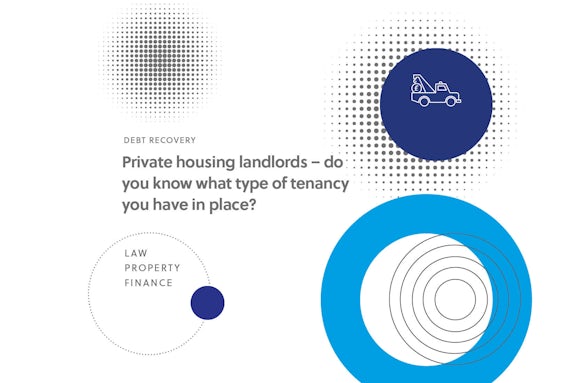If your private residential lease agreement commenced on or after 1 December 2017 you more than likely have a Private Residential Tenancy Agreement (“PRT”) governed by the Private Residential Tenancy (Scotland) Act 2016 (the “Act”). Whether landlords like it or not that Act prohibits the creation of new Assured or Short Assured Tenancy Agreements (“SAT”) post 1 December 2017. But what if you had a SAT in place prior to 1 December 2017 and after that date you agreed to continue the tenancy once it had reached its contractual end date? Have you agreed a SAT or a PRT?
Saving Provisions
Where parties had a SAT in place prior to 1 December 2017 and after that date entered into a new tenancy of the same premises with the landlord and tenant being the same person at the point in which the tenancy ended, due to saving provisions introduced by the Scottish Government that tenancy will likely continue on to be a SAT. It will not be a PRT. That can be the case even if the written lease agreement has been headed up as a “PRT”.
In this situation landlords must fully understand what type of tenancy they have before serving notice to terminate their lease. Otherwise a Landlord could find that their notice has no legal standing.
Boyle v Ford
A great example of where a landlord did not fully understand what type of tenancy agreement they had in place can be found in the recent Upper Tribunal Decision of Boyle v Ford (UTS/AP/22/0007). In this case joint tenants appealed a decision of the First-tier Tribunal (“FTT”) to evict them. They argued before Sheriff George Jamieson of the Upper Tribunal that the FTT had erred in finding that their tenancy was a PRT and in actuality their tenancy was simply a continuation of a short assured tenancy previously granted over the property ( as per the saving provisions).
The appellants lease originally started in October 2010. It was a Short Assured Tenancy. The tenancy was renewed by the landlord in October 2017. Shortly after the landlord passed away, his wife became his executor. As executor she entered into a new lease with the tenants as their landlord on 1 October 2018. The lease was headed up as a SAT. Notice to leave in terms of the PRT legislation was served on the tenants on 22 July 2020. An application for eviction was raised by the executor in April 2021. It was the new landlord’s position that since the tenancy was granted after 1 December 2017 it was a PRT (despite it being headed up as a SAT) and “Notice to Leave” was the appropriate format of notice. She later took ownership of the property October 2021.
The tenants argued that the Notice to Leave was invalid. In their submission the lease was not a PRT and the corresponding Notice to Leave could not therefore apply. They submitted that their tenancy was a SAT since a) the 2018 tenancy came into being at the end of their 2017 tenancy, b) it was substantially the same as their 2017 tenancy and c) the landlord of the 2018 tenancy was, in the eyes of the law, the same person as the original landlord of the 2017 lease (given she was the landlord’s successor in title).
Sheriff Jamieson found that whilst the landlords on the face of each agreement were different, this situation fell within the parameters of section 55 of the Housing (Scotland) Act 1988 which provided that a “landlord” under a SAT could be a person who had derived title from the property from the original landlord. Accordingly in this case, the parties of the 2017 and 2018 lease were the same and thus the saving provisions made the tenancy a SAT and not a PRT. The sheriff held that the wrong type of notice had therefore been served and the FTT’s decision originally granting eviction on the back of that notice was quashed.
Conclusion
This case serves as a valuable lesson to landlords considering terminating their own tenancy agreement. Landlords must be careful and fully consider the timeline of their tenancy agreement if a prior agreement exists before they issue notices.
If you are considering taking steps to end your private tenancy agreement why not speak to one of our landlord/tenant legal experts to explore what kind of tenancy you might have and how best to properly terminate it. If you would like to have a chat please do not hesitate to call our Debt Recovery team on 0131 516 5354.








